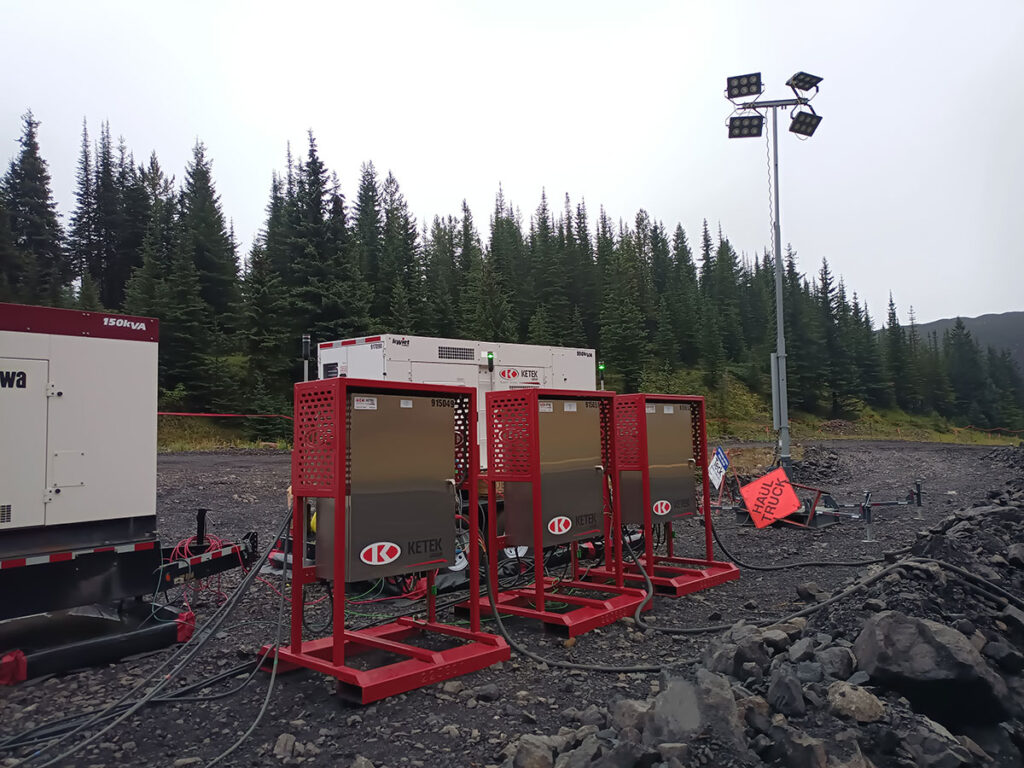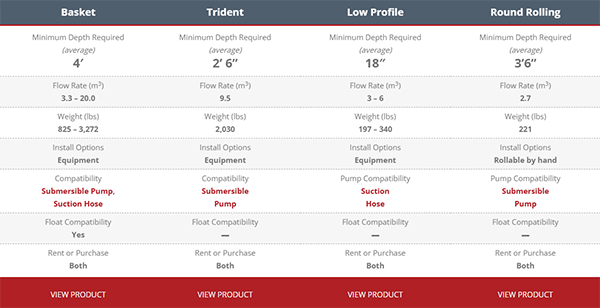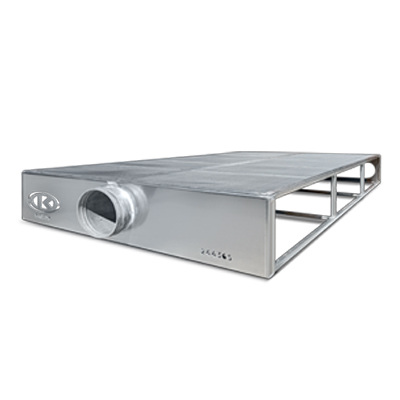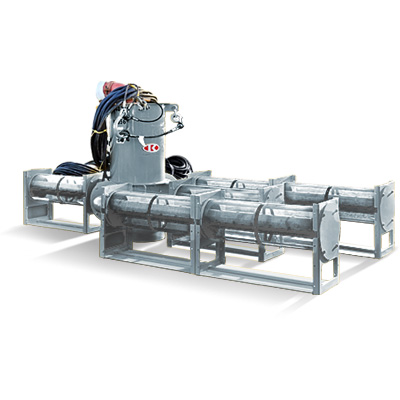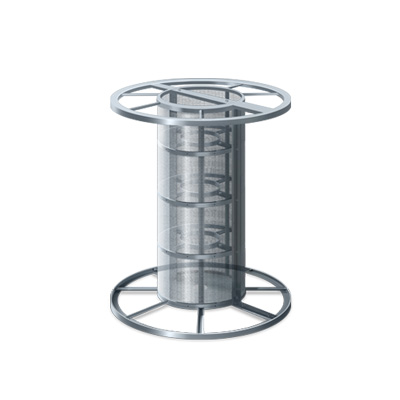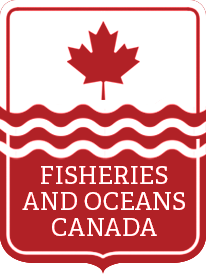
Since 1995, regulations under Section 30 of the Fisheries Act have mandated the use of intake screens for all projects drawing water from fish-bearing water bodies.
This requirement, instituted by the Department of Fisheries and Oceans (DFO), goes beyond simply protecting pumps from debris. Fish screens play a crucial role in safeguarding small fish and minimizing disturbances to sensitive aquatic ecosystems. This legislation impacts a wide range of industries, including agriculture, oil and gas, construction, and even individuals using water from these sources.
The specific requirements for a fish screen can vary significantly based on project permits, the types of fish present in the water body, and the conditions of the water source itself. DFO compliant fish screens generally need to adhere to the following:
- Correct approach velocities and open screen areas to accommodate the targeted fish group
- Have the intake screen located 12” off the bottom of the water body
- Incorporate mesh with a maximum opening size of 2.54mm
- Be durable to withstand large forces
These multiple factors underscore the importance of choosing the right screen for your specific needs.
Ketek: Evolving to Industry Needs in Fish Screen Technology
Recognizing the critical need for effective and compliant fish screens, Ketek has been a leading manufacturer, consistently meeting and exceeding DFO standards for water transfer projects. Just as regulations and client needs have evolved, so too has our technology.
To see all the specifications of fish screens concisely, visit our comparison table.
The following fish screen designs are compliant for use with the strictest DFO requirements.
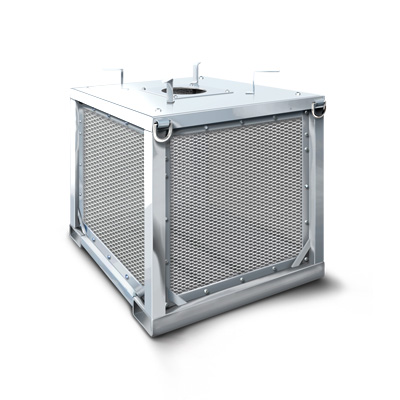
Cage Fish Screen
The first iteration of Ketek’s fish screen was a cage design. These robust screens often utilized suction hoses or submersible pumps placed directly inside to draw water. While offering durability, these early models were quite heavy, frequently requiring equipment like picker trucks or telehandlers for placement. Another limitation was their need for multiple feet of water depth to achieve their maximum flow rate. Cage fish screens are typically used in dewatering projects, but cannot float and must remain near shore.
Basket Fish Screen
To address the limitations of the cage design, the next generation of fish screens focused on the introduction of floats. The Basket Fish Screen can float in deep water or rest on the ground in shallow water, has an open top for easy installation of submersible pumps or suction hose connected to a diesel pump on shore, and is lighter in weight than the initial basket design. These fish screens are a multifunctional powerhouse. Various designs exist to accommodate small submersible pumps all the way up to 110hp and 21m3/min.
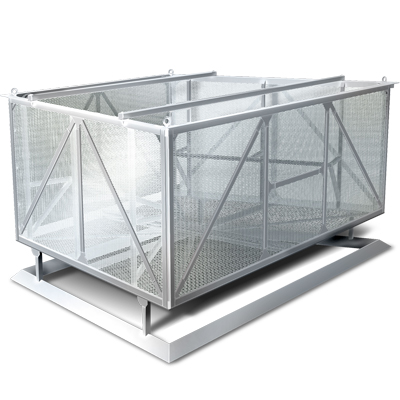
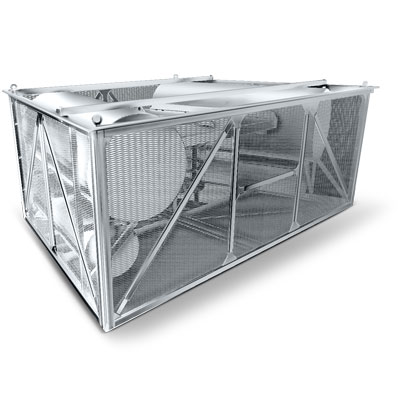
Float Basket Fish Screen
A secondary iteration of the Basket Fish Screen is the Float Basket Fish Screen, which is only meant for floating in deeper water and does not have a 12” foot on the bottom. All fish screen designs up to this point require multiple feet of water to function. But as waterways and needs evolved, the need to for fish screens which operated in shallow water became apparent.
Low Profile Fish Screen
Ketek responded with the low-profile fish screen, designed to function in as little as 18 inches of water while still maintaining full DFO compliance. These screens connect to a 10-inch suction hose, typically used with a diesel pump, and weigh between 112 and 340 lbs which allows for relatively easy installation. For projects requiring higher flow rates, multiple low-profile screens can be used in parallel. While ideal for shallow water, these models are not compatible with submersible pumps.
Trident Fish Screen
Addressing the need for a low-profile solution that could utilize a submersible pump, Ketek developed the trident fish screen. This distinctly designed equipment can achieve flow rates up to 9.5 cubic meters per minute with a 58hp pump or 15.3 cubic meters per minute with a 110hp pump.
All of the aforementioned designs typically required equipment for transportation and placement, with the exception of the smallest Low Profile Fish Screens. For smaller water pumping projects, smaller equipment is required, especially when using mobile equipment near the water source isn’t possible.
Rolling Fish Screen
Recognizing that some water sources lack road access, Ketek innovated further with the Rolling fish screen. Designed for moving by hand, this screen weighs 221 lbs and utilizes a submersible pump capable of moving up to 2.7 cubic meters of water per minute. When equipment access is limited, the rolling fish screen provides a practical solution.
Fish Screens and Beyond
What’s next in the evolution of the fish screen? Stay tuned to find out. There are consistently new designs and incorporations of technology. More recently Ketek has designed SmartTek monitoring, which utilizes a flow meter to remotely monitor flow rates and can be viewed on a online dashboard.
Ketek continues to evolve to meet client needs while adhering to the requirements set out by DFO. All fish screens and compatible diesel and submersible pumps are available for rent or purchase, and custom fabrication requests are welcome.
